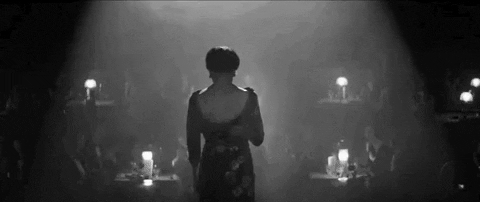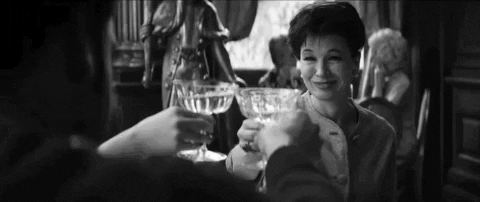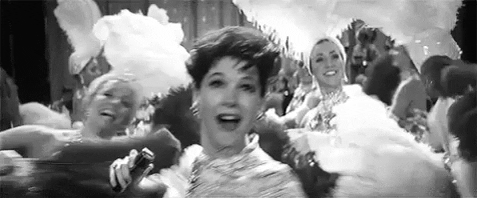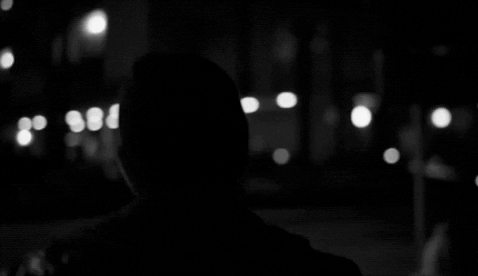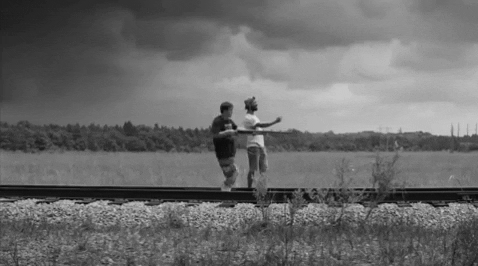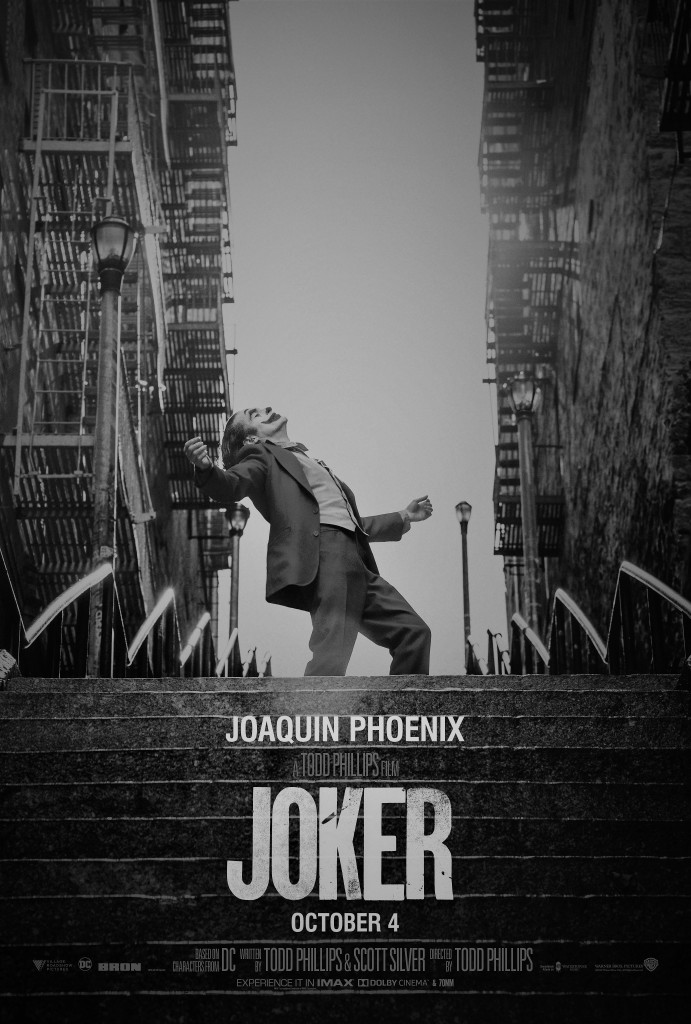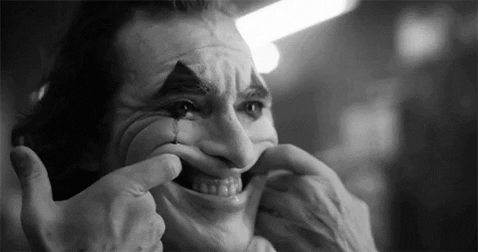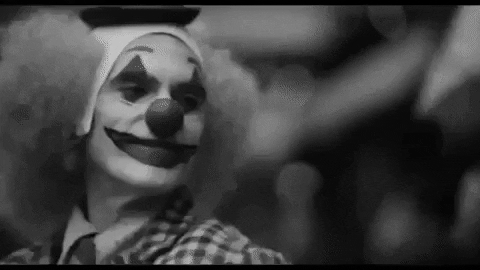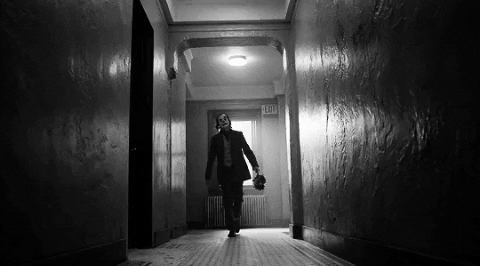
Directed by: Robert Eggers
Starring:
Robert Pattinson
Willem Dafoe
Valeriia Karaman
Written by: Robert & Max Eggers
Composer: Mark Korven
Rated: R
Run time: 110 minutes
(2019)
9/10 Would Recommend
In a year that brought audiences a new cigarette smoking Joker, director Robert Eggers’ “The Lighthouse” brings a new kind of crazy to the game.
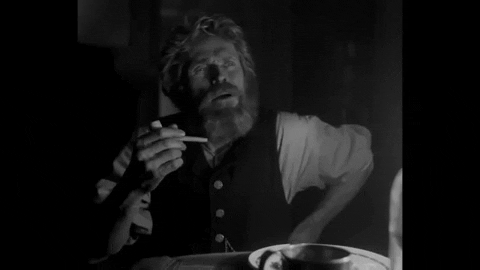
Having never met, Ephraim (Robert Pattinson) and Thomas (Willem Dafoe) arrive at a lighthouse, far from civilization, to maintain it. Ephraim is responsible for all of the hard labor, from cleaning the floors to painting the building, and Thomas is the experienced boss who makes certain Ephraim does what he’s expected to. Thomas treats Ephraim like a boy, belittling him and reminding him constantly of his role at the lighthouse. Ephraim is forced to eat with and sleep in the same room as Thomas, among listening to his tales about the sea. Ephraim refers to Thomas as a “parody” of a sailor at one point in the film; which is an accurate description. Thomas is old and hunchbacked, who drinks, and says words like “ye” and “laddy.”

Ephraim begins having visions, some with mermaids, some with seagulls and some of squid-like monsters; or is he? He becomes fascinated with what’s at the top of the lighthouse, where he’s not allowed to go. Audiences see Ephraim’s curiosity aggressively escalate, through intensive labor, self-pleasure, drinking and sleeping, not sure of which visions are simply surreal, a dream, or reality. Viewers are sure they are going to watch madness unfold, but don’t know how, who, when or why. Meanwhile, Thomas’s intentions are vague. He’s cruel to Ephraim but treats him like a friend.
There are plenty of films that center on watching a protagonist go insane. “The Lighthouse” isn’t necessarily about that though. In a way, the film aims to drive you, the audience, crazy. Due to the loneliness and unpredictability that the film offers, viewers are constantly on edge; questioning new things and wondering where the film is going to end up, while unsure of what’s being witnessed in any present moment.

Eggers is a passionate filmmaker adamant about historic authenticity in both “The Witch” and “The Lighthouse.” Filmed with actual film, in black and white, on top of heavy accents, and set and costume design, audiences will feel like they are trapped in the late nineteenth century. Notice the word trapped. The film is able to make audiences feel uneasy through sound design and cinematography that creates an unsettling feeling of isolation. The picture format alone creates an environment that physically and attentively brings viewers in closer. Both protagonists are secluded and untrustworthy, and by blending both old and new styles of filmmaking together, that’s how Eggers makes audiences feel.
In a black and white film, it seems like there can’t be that much done with cinematography that hasn’t already been done before; but the director manages to impress viewers and critics. Eggers uses low camera angles on the films talent during scenes where both characters’ authority or dominance is challenged. He does the same when a character is suddenly to be feared. During long monologues, a candlelit shadow of the character looms over the actor; forcing viewers’ eyes to focus on the black figure rather than the character delivering the lines. Slow pans and long zooms are a suspenseful delight to see in black and white; making the film all the more innovative.
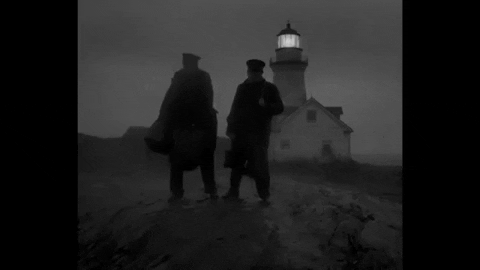
Sound is an overwhelming character in the film. The sounds that the lighthouse makes, along with ships passing and waves crashing, makes the movie grounded but also plays a role in the horror element of the film. When inside, a clock is continuously ticking. Imagine the only sound you here in your home is the sound of a clocks infinite clicking. That’s enough to make you go insane. Mix that feeling with not knowing what day of the week it is and if it’s day or night, then see what happens. The metaphor implied can be described as, the clock is counting down the moment when insanity is reached; for the characters and its audience. Outside, the characters can’t be heard over the waves crashing and the lighthouse’s booming. The characters need scream over the ambient sound outside.
Dominance was mentioned earlier. This film is very masculine; unlike Eggers’ previous film, “The Witch,” which had a very feminine undertone. Appropriately this film shows “men being men” in its most basic stereotype, and part of what drives the drunken brawls and inevitable violence, is power in masculinity that’s being challenged. Singing shanty’s, drinking booze, and a bit of fowl humor are as about as reliving as it gets in a story like “The Lighthouse.”

Pattinson and Dafoe both give performances that are instantly memorable and make viewers want to know more about them. He’s experimented more recently with his roles in film, but “The Lighthouse,” is unquestionably the beginning of renaissance for Pattinson in Hollywood, and yet another amazing character in Dafoe’s filmography.
Similar to “The Witch,” the film is interpretative. Eggers doesn’t give away answers to all the questions that audiences will want answered. In some instances, viewers may have to have more outside knowledge than expected to fully appreciate some of the mythical parallels drawn in the movie; however, it’s not required to enjoy the film, because despite terror from the unexpected, lunacy, or taunting dreams of fabled creatures, the film is a reminder, in the most old-fashion of ways, that nothing is scarier than human potential.


